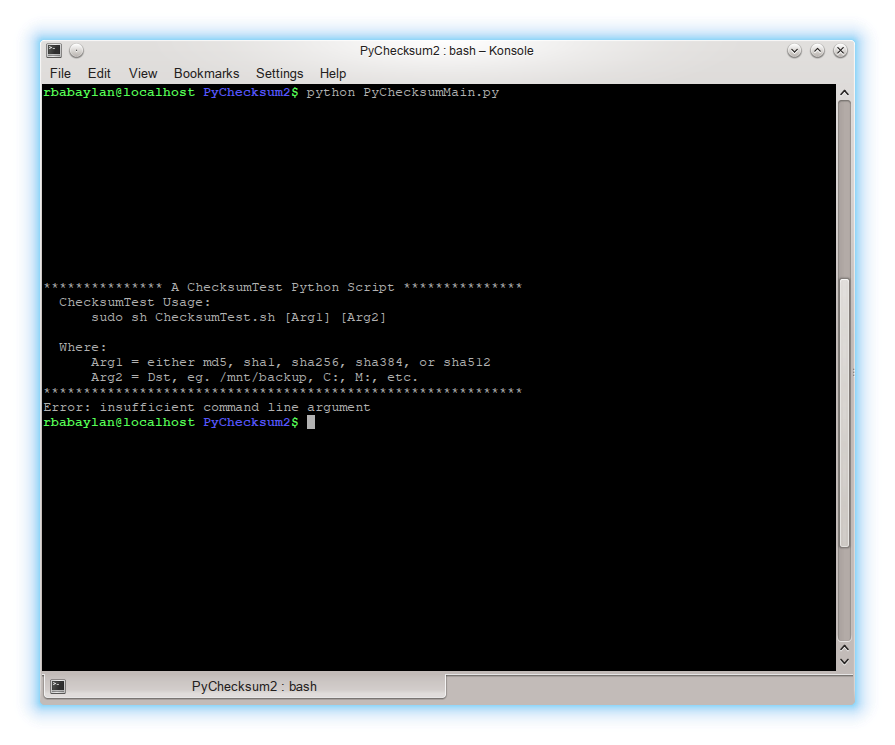

You pass in the credit card number as a string and it returns 1 for a valid card or 0 for an invalid card. Y = memory_usage(MemoryMap, interval=0. Python Luhn checksum for credit card validation (Python recipe) This is an industry standard algorithm I ported to python. With open(path) as file, mmap(file.fileno(), 0, access=ACCESS_READ) as file:Įdit: Comparison with the plain-read method.įrom matplotlib.pyplot import grid, legend, plot, show, tight_layout, xlabel, ylabel Hashlib methods also support mmap module, so I often use from hashlib import md5 It explains in detail a couple of ways how it can be achieved efficiently. Please look at the post Python: Generating a MD5 checksum of a file. # Finally compare original MD5 with freshly calculated Md5_returned = hashlib.md5(data).hexdigest() With open(file_name, 'rb') as file_to_check: # Open,close, read file and calculate MD5 on its contents The reason for that is that we are pushing contents of the file through, not just file name.Ī simple solution could be something like that: # Import hashlib library (md5 method is part of it) > hashlib.md5(open('filename.exe','rb').read()).hexdigest()Īs you can clearly see second MD5 hash is totally different from the first one. My next example is not very efficient, but something like this: > import hashlib

You will need to basically read file contents and pipe it though MD5. You are calculating MD5 on a file name string, where in reality MD5 is calculated based on file contents. > hashlib.md5("example string").hexdigest() The correct way to return MD5 for provided string is to do something like this: > import hashlib It shares a Python function that handles the MD5 and SHA256 hashing functions which can be used to. Please refer explanation on hashlib functions in Python Doc Library. This tutorial shows the Simplest to Calculate Checksum. Let's look at your issues one by one :)įirst, you are not using () method correctly. Tags: python, pandas, hash Answers: 1 Viewed 5,488.
#Python checksum how to#
No offence, I know you are a beginner, but your code is all over the place. How to generate a Hash or checksum value on Python Dataframe (created from a fixed width file). m is a name which is not defined for getmd5() function. It's cryptographically secure and faster than MD5.In regards to your error and what's missing in your code. This reads the file 8192 (or 2¹³) bytes at a time instead of all at once with f.read() to use less memory.Ĭonsider using hashlib.blake2b instead of md5 (just replace md5 with blake2b in the above snippets). On Python 3.7 and below: with open("your_filename.png", "rb") as f:

Print(file_hash.hexdigest()) # to get a printable str instead of bytes With open("your_filename.png", "rb") as f:

> hashlib.md5("filename.exe").hexdigest() Please refer explanation on hashlib functions in Python Doc Library. This function checks the validity of an NMEA string using its checksum. Checksums are utilized in Python for the purpose of error detection in a file. Let's look at your issues one by one :)įirst, you are not using () method correctly. This article will discuss Checksum and how to generate it for an MD5 file. No offence, I know you are a beginner, but your code is all over the place. These can be found using algorithmsguaranteed function of hashlib. Some variants of it are supported by Python in the hashlib library.
#Python checksum password#
m is a name which is not defined for getmd5() function. SHA, ( Secure Hash Algorithms ) are set of cryptographic hash functions defined by the language to be used for various applications such as password security etc. In regards to your error and what's missing in your code.


 0 kommentar(er)
0 kommentar(er)
